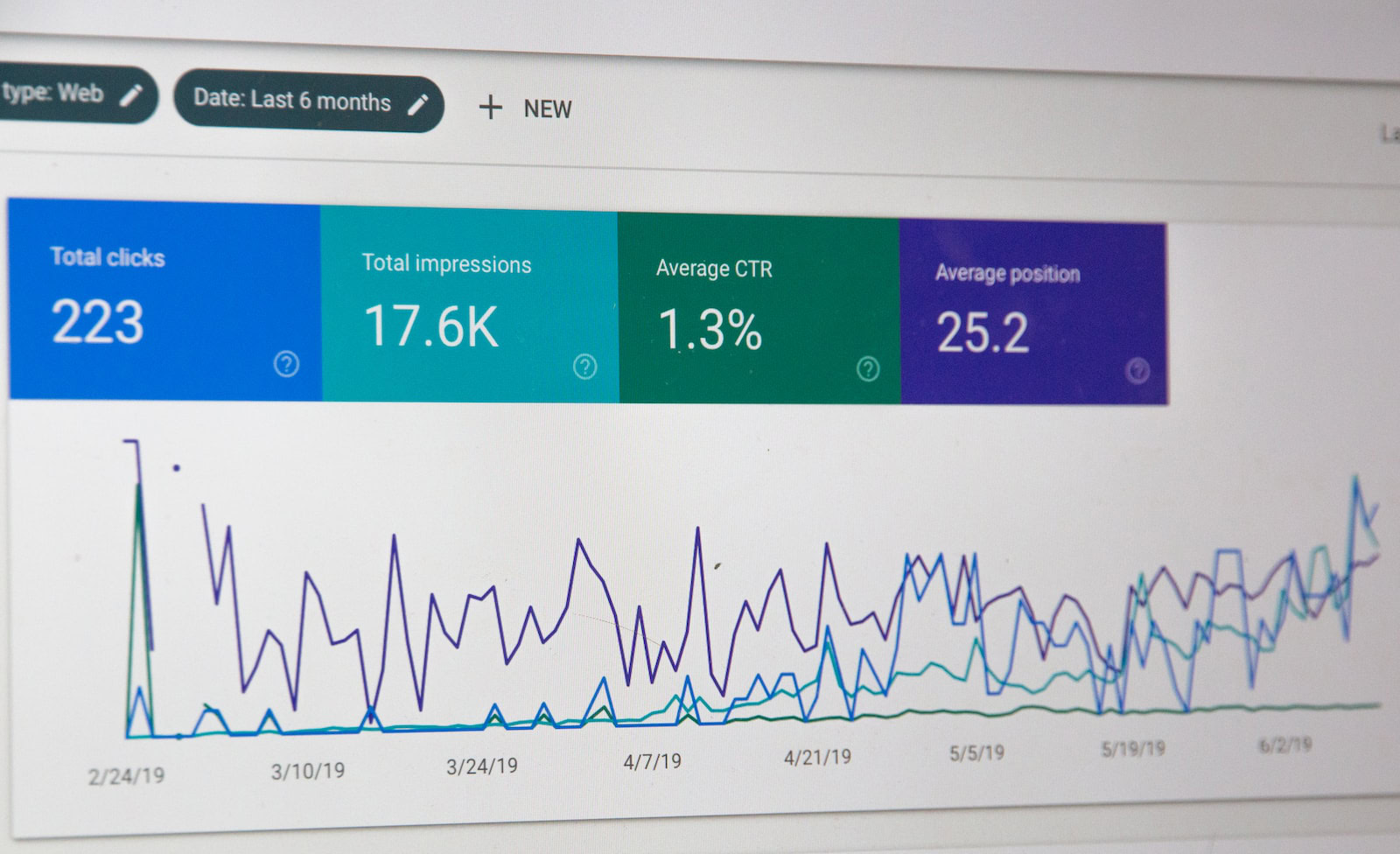The Power of User Experience: Balancing UX and SEO for Optimal Performance in 2024

Let’s talk about how important it is to make websites that are easy for people to use and can also be found by search engines. This mix of user experience, or UX for short, and search engine optimization, which we call SEO, helps websites do really well.
Think of when you’re using your phone; a website that’s easy to zip around on keeps you happy and makes you want to stay longer.
When we put UX together with SEO, it’s like making a superhero team for your website. It’s not just about being noticed by Google in 2024; it’s about giving folks who visit your site a good time too! Search engines are smart – they watch how long people hang out on your page and if they bounce off quickly.
Making sure guests have fun on your site means they’ll stick around more.
Making friends between UX and SEO isn’t new but remains super cool into 2024. Doing this right means more people will find the website, enjoy it, and maybe buy things or sign up! The best websites think about both: being easy to use and simple to find online.
Now let’s make our way through this journey of blending great design with smart search tactics for awesome results!
The Synergy of UX and SEO
Contents
The synergy of UX and SEO goes beyond just optimizing for search engine rankings—it also encompasses the importance of user experience in driving website performance. With the emerging concept of Search Experience Optimization (SXO), digital marketers must focus on creating user-friendly designs and high-quality content to improve both search rankings and user engagement.
Importance of user experience in SEO
User experience makes people happy when they visit a website. If users enjoy a site, they stay longer and might come back. This tells search engines that the site is useful, which can make it show up higher in search results.
Good UX also means a website works well on phones and tablets, which is important because lots of people use these devices to go online.
Sites that are easy to use get more visits. They help users find what they need without trouble. Google likes this too and looks at things like how quickly pages load and if it’s simple to move around the site.
When digital marketers focus on user experience, their websites can reach more people searching online.
Now let’s explore how UX affects search engine rankings.
Impact of UX on search engine rankings
User experience (UX) plays a vital role in determining search engine rankings. When websites offer smooth navigation, fast page load times, and mobile responsiveness, they tend to rank higher in search results.
Google’s emphasis on web vitals like page speed optimization and navigation experience underlines the impact of UX on SEO performance. By focusing on user-friendly website design and optimizing for mobile usability, digital marketers can positively influence their sites’ search engine rankings.
In 2024, the digital era demands that brands prioritize user focus by balancing user interface design with search engine optimization strategies. Considering that web success hinges on both UX and SEO factors, it is crucial to craft high-quality content while ensuring optimal site structure for enhanced online success.
The concept of Search Experience Optimization (SXO)
Search Experience Optimization (SXO) is the fusion of user experience and SEO, focusing on enhancing website usability while boosting search engine visibility. In 2024, digital marketers need to prioritize SXO for improved web performance and higher conversion rates.
It involves creating a seamless online journey for users while also meeting the technical requirements that search engines look for. Balancing UX and SEO through SXO practices is crucial in achieving optimal results, attracting more traffic, and staying competitive in the ever-evolving digital marketing landscape.
Crafting a high-quality content strategy aligned with information architecture can significantly impact user satisfaction and search rankings. Leveraging structured data and schema markup plays a vital role in guiding search engines to understand and highlight essential website content, contributing to an improved overall Search Experience Optimization (SXO).
Stay ahead of the curve by understanding emerging trends in UX and SEO, while also embracing the human touch of user-friendly website design. Craft high-quality content to improve search rankings and drive organic traffic to your site.
Emerging trends in UX and SEO
In 2024, emerging trends in UX and SEO are shaping the digital marketing landscape.
- Mobile – first indexing by search engines is prioritizing websites with responsive design and fast loading times, emphasizing the importance of mobile user experience.
- Visual and voice search optimization is becoming increasingly important as users shift towards more intuitive and hands-free search experiences, impacting both UX and SEO strategies.
- Integration of AI and machine learning algorithms in search engine algorithms is influencing how content is curated and presented to enhance user experience while also affecting search rankings.
- The rise of video content as a critical tool for engaging users and conveying information presents new opportunities for improving user experience while also enhancing SEO through multimedia optimization.
- Personalization in UX through dynamic content delivery based on user preferences and behavior is driving better engagement, leading to improved SEO performance through enhanced user satisfaction and longer dwell times on websites.
- Accessibility considerations are gaining prominence, with an increasing focus on ensuring that websites are inclusive and cater to diverse user needs, aligning with both UX best practices and SEO requirements for broader audience reach.
The human touch of user-friendly website design
As digital marketers navigate the emerging trends in UX and SEO, it is crucial to recognize the human touch of user-friendly website design. In 2024, creating an emotional connection with users through intuitive design elements, seamless navigation, and personalized experiences will be key to achieving optimal performance.
This entails understanding user behavior, preferences, and needs to craft websites that prioritize user satisfaction.
The human touch extends beyond aesthetics; it encompasses the overall experience that a website provides. Leveraging emotional appeal through relatable content and interactive features can enhance engagement and build authentic connections with the audience.
Crafting high-quality content for improved search rankings
Crafting high-quality content is a pivotal aspect of improving search rankings. Digital marketers need to focus on creating engaging and relevant content that resonates with their target audience while incorporating relevant keywords strategically.
By producing informative and valuable content, websites can enhance user experience and increase the likelihood of better search engine rankings. Keeping the content fresh, original, and tailored to meet users’ needs plays a vital role in attracting and retaining website visitors.
Moreover, employing multimedia elements such as videos, infographics, and interactive tools can further enrich the overall user experience.
Strategic keyword integration within well-crafted content is indispensable for improved search rankings. It’s essential to understand user intent when curating content; this not only enhances the visibility of the website but also ensures that it aligns with what users are searching for online.
Balancing UX and SEO for Optimal Performance
Leveraging the combined power of structured data and schema markup, digital marketers can achieve a high level of traffic through authentic connections. Discover how to elevate UX and SEO in 2024 for optimal performance.
The role of structured data and schema markup
Structured data and schema markup play a vital role in optimizing both user experience and SEO. By using structured data, digital marketers can provide search engines with detailed information about their content, improving the way it is displayed in search results.
This not only helps in enhancing visibility but also contributes to an enriched user experience by offering more relevant and informative search snippets.
Implementing schema markup enables websites to stand out in search engine results pages by showcasing rich snippets, such as star ratings, product prices, or event details. These visually appealing additions attract users’ attention, thereby increasing click-through rates and driving more qualified traffic to the website.
Leveraging the combined power of UX and SEO
UX and SEO are a dynamic duo in the digital marketing landscape. By harmonizing user experience with search engine optimization, brands can elevate their online presence for 2024. Understanding user behavior is key; factors like bounce rates and dwell times significantly influence SEO performance.
Crafting high-quality content tailored to user needs not only enhances UX but also boosts search rankings, aligning with digital marketing trends.
Structured data and schema markup play crucial roles in optimizing websites for both users and search engines. Balancing the technical aspects of SEO with a human-centric approach to UX design fosters authentic connections with the audience, driving higher traffic and engagement.
Achieving a high level of traffic through authentic connections
Balancing SEO and user experience is pivotal for driving significant traffic through genuine connections. Engaging UX design coupled with relevant, high-quality content can capture and retain user interest, leading to increased website traffic.
By prioritizing authentic connections over superficial engagement, brands can align their digital strategies with the evolving landscape of search engine rankings.
Crafting a user-centric website supported by SEO best practices not only attracts visitors but also fosters meaningful interactions that drive sustainable traffic growth. As we delve into the intersection of UX and SEO, let’s explore how these elements synergize in navigating the future of digital marketing.
Conclusion: Elevating UX and SEO in 2024
In 2024, UX and SEO will continue to dominate digital marketing. Embracing their synergy is crucial for search engine rankings. These strategies are practical, easy to implement, and efficient.
Implementing them can lead to significant improvements in digital presence. Take action on balancing UX and SEO for optimal performance now!
